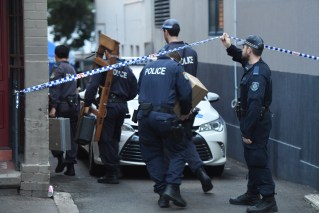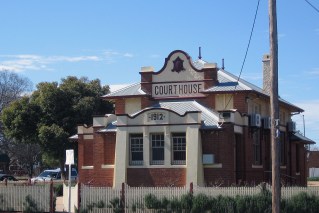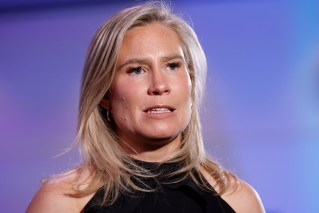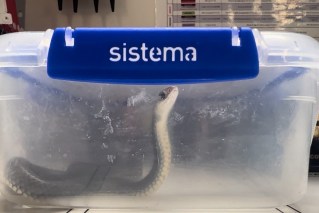End of the road for Australia’s auto industry as Holden shuts up shop
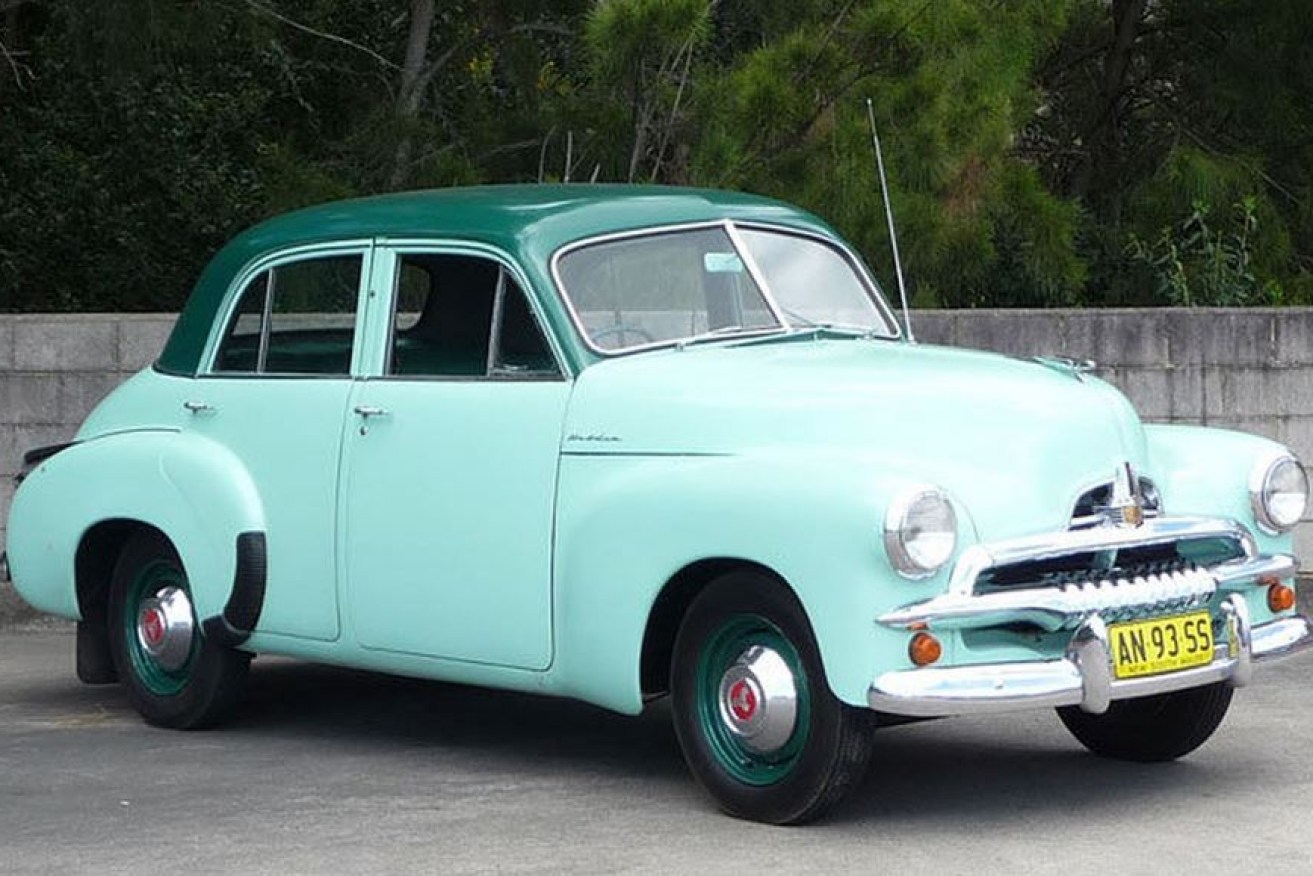
Rare and superbly restored classics, like this FJ, are rated a key part of Australia's cultural heritage. Photo: AAP
In 1948, when the first locally-built Holden rolled off the production line, Prime Minister Ben Chifley declared “she’s a beauty”.
Fifty years later, in 1998, then prime minister John Howard echoed those words and described Holden as a remarkable company which had touched the lives of so many Australians.
But sadly, she’s a beauty no more.
Holden next week brings an end to local car assembly, closing the final chapter on the nation’s auto manufacturing industry.
Ford closed its manufacturing operations in Victoria last year and Toyota followed suit earlier this month.
Nissan and Mitsubishi suffered the same fate a number of years ago.
But none are likely to have the same impact on the nation’s psyche as Holden, so long the dominant force in Australia’s automotive landscape.

The very first Holden, 1948’s FX, was the dream ride of Australian families.
It famously started production of “Australia’s own car” in the post-war era with the launch 48-215, later known as the FX, in 1948.
Far better engineered to handle local conditions, it was an instant hit with buyers and by the time it was replaced by the FJ in 1953, Holden had sold more than 120,000.
The FJ was an even bigger success, with the company building almost 170,000, including 2500 that were shipped overseas, kick-starting an export program.
The company dominated the Australian car market throughout the 1950s and by 1958 a staggering 50 per cent of all registrations were Holdens.
Its workforce also swelled to almost 19,000, more than double the number it had employed 10 years earlier, before peaking at almost 24,000 in 1964.
Throughout the 1960s, Holden continued to lead the sales charge, but the competition was increasing from the likes of Ford, Chrysler and the first wave of Japanese cars.
The company released a steady stream of new models, including the first Monaro coupe, which earned it a legion of new fans.

The HK Monaro won a legion of devoted fans when released in the late Sixties — and soon after took Bathurst honours.
That year Bruce McPhee and Barry Mulholland successfully drove a V8 GTS Monaro to victory in the Hardie-Ferodo 500, giving Holden its first Bathurst crown and setting off a rivalry with Ford that continues to endure.
In the 1970s, Holden introduced the HQ, which ultimately became the company’s biggest selling model of all time with more than 485,000 vehicles produced, including 85,000 shipped overseas.
During the 70s, Holden introduced Australia to probably its most famous advertising jingle, with its “football, meat pies, kangaroos and Holden cars” campaign adapted from a similar tune used by Chevrolet in the US.
And the decade was also marked by the introduction of the first Commodore, the VB, which was a major change of direction for the company, with its body adapted from a German design and fitted with a local engine.
With the Commodore, the mid-sized Torana and Sunbird models and the Gemini small car, Holden had a range of vehicles that maintained its market-leading status.
Things were not so good in the 1980s.
Hit by the oil shock, sales of six-cylinder cars took a dive.
One of Holden’s responses, the four-cylinder Camira, started well, but ultimately failed in the market with buyers unhappy with its lack of power and build quality.

The Camira sold well initially, but no amount of cosmetic bodywork could overcome Australian drivers’ growing disdain.
In 1986, Holden introduced the VL Commodore, which featured a six-cylinder Nissan engine and transmission – the result of the introduction of unleaded petrol, with the Japanese product considered a better option than modifying the existing powerplant.
This led to the closure of the Woodville transmission plant in Adelaide, with Holden’s operations in South Australia consolidated at the Elizabeth assembly facility.
The 1980s were also the time of the Button car plan designed to revive Australia’s auto industry by encouraging car makers to produce higher volumes of fewer models by sharing those models and also by seeking out more export sales.
Holden inked deals firstly with Nissan and later with Toyota, only to dissolve the arrangements by 1996 due to disappointing sales.
Over the next two decades, Holden’s local production centred on its Commodore range, though it also reintroduced the new Monaro in 2001 and built versions of the Vectra for a short period.
In 2003, it lost market leadership to Toyota and from 2005 began introducing Korean-built Daewoo cars to its local range.
With government funding, it moved to localise production of the Cruze from 2011. While demand was steady, it never reached the numbers the company would have liked.
Its business in Australia since then has been hit hard by high production costs and a shrinking market for locally-built vehicles.
Those problems culminated in its decision to end local production.
At its 50th anniversary celebrations in 1998, Victoria’s then-premier Jeff Kennett said Holden had played a major role in the aspirations and dreams of all Australians.
“They will continue to do so as we Australians move forward into the new millennium,” he said.
That might not now be the case.

